15 Japanese Horror Films That Changed the Genre
Japanese horror has a way of getting under your skin. It mixes quiet tension with eerie imagery and stories that stay with you long after the credits roll. From ghostly legends to psychological nightmares, these films have shaped how audiences around the world view fear. Each one brings its own chilling vision, proving that true horror doesn’t always need loud scares to leave a lasting mark.
This post may contain affiliate links, which helps keep this content free. Please read our disclosure for more info.
Onibaba (1964)
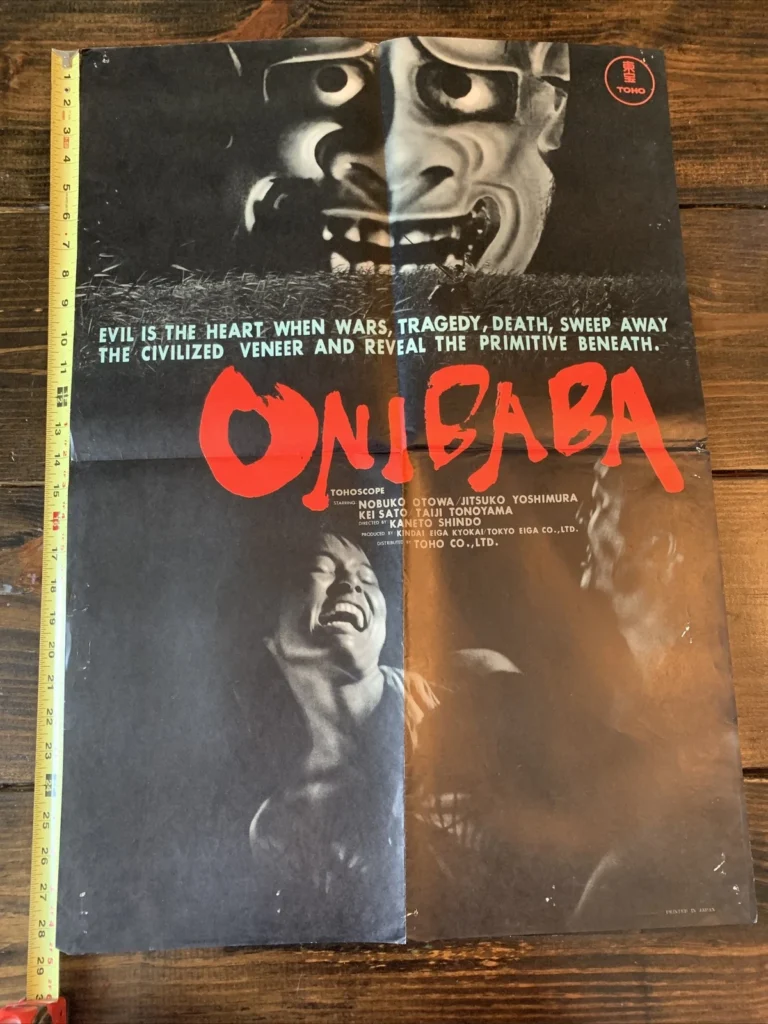
Set in feudal Japan, Onibaba follows two women surviving a brutal war by luring lost samurai into a grass field and killing them for their armor. The film builds its fear through quiet dread and an atmosphere thick with isolation. Every whisper of the wind and flicker of firelight adds to its haunting rhythm. It blurs the line between survival and monstrosity, leaving viewers trapped in its eerie silence.
What makes Onibaba stand out is how it replaces jump scares with mood and movement. The demonic mask that enters the story later becomes a chilling symbol of guilt and punishment. The camera lingers on human expressions more than ghosts, reminding us that real horror often comes from within. Its influence can be seen in countless Japanese ghost tales that followed.
Kwaidan (1964)
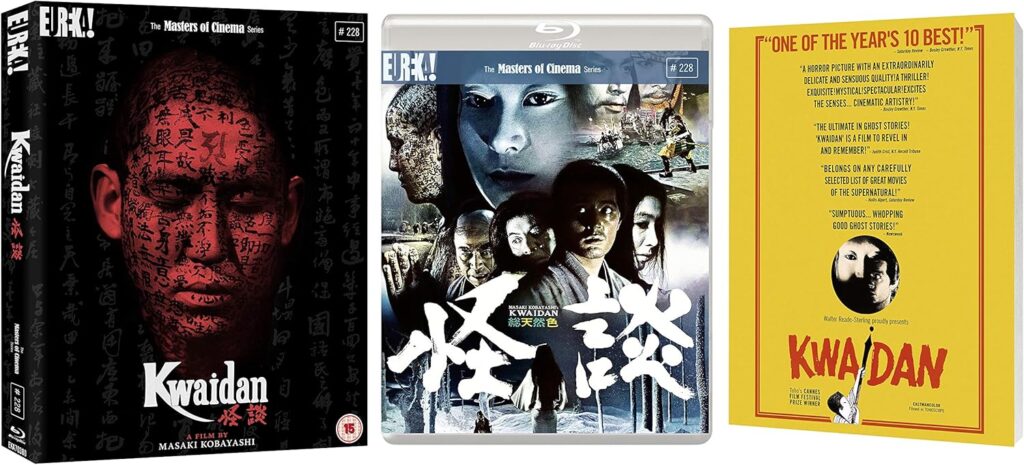
Kwaidan is a collection of ghost stories drawn from Japanese folklore, each one presented like a painted dream. The film’s visual design, with its vivid colors and surreal backdrops, makes it feel like stepping into a world of spirits. The pacing is slow and deliberate, giving every sound and glance a sense of weight. It’s less about fear and more about the quiet sadness behind each haunting.
Director Masaki Kobayashi treated horror as art, showing that the genre could be both beautiful and unsettling. Each tale carries its own lesson about loss and the unseen world that lingers beside us. The film’s visual storytelling later inspired many Japanese directors to treat horror as poetry rather than spectacle. Few anthology films have captured atmosphere quite like this one.
Kuroneko (1968)
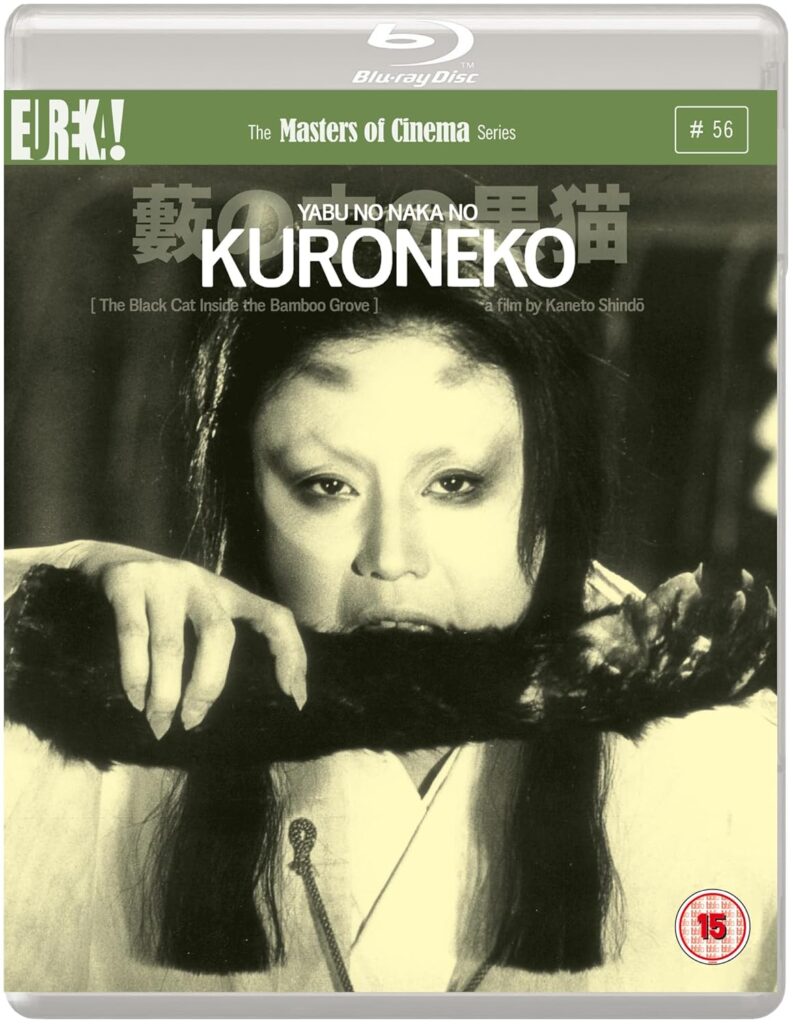
Set in a war-torn Kyoto, Kuroneko tells of two women who are brutally killed by soldiers and return as vengeful spirits in the form of cat demons. The film opens with stunning black-and-white imagery that creates a ghostly stillness. Shadows move like living things, and the characters seem to drift between the living and the dead. It’s a story of grief, revenge, and lost humanity.
Kaneto Shindo crafted Kuroneko as both a supernatural and emotional experience. The way it treats vengeance as a curse rather than power gives it lasting emotional force. Its stylized performances and eerie soundscape still influence Japanese ghost cinema today. The haunting use of silence makes the final scenes unforgettable.
House (Hausu) (1977)
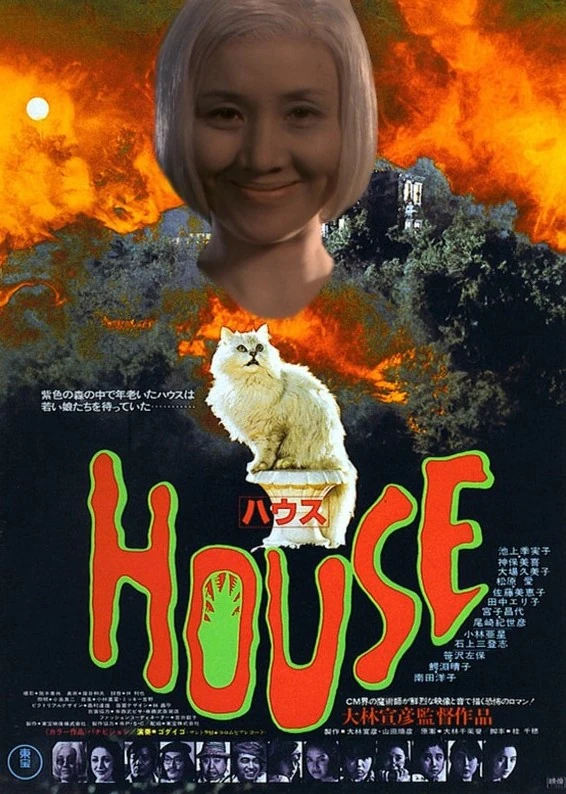
Nobuhiko Obayashi’s House is a surreal explosion of color, humor, and madness. It follows a group of schoolgirls visiting a friend’s aunt, only to find the house itself possessed. What begins as a lighthearted adventure quickly descends into chaos filled with flying heads, killer pianos, and bizarre dream logic. The visuals feel like a fever dream stitched together with a child’s imagination.
Beneath its wild humor lies a deeper sadness tied to postwar loss and memory. Obayashi used absurdity to comment on grief and innocence, turning horror into a strange mix of laughter and shock. Its playful editing and bright tone later inspired directors who mixed genres without restraint. Few films are as strange or as original in spirit.
Tetsuo: The Iron Man (1989)
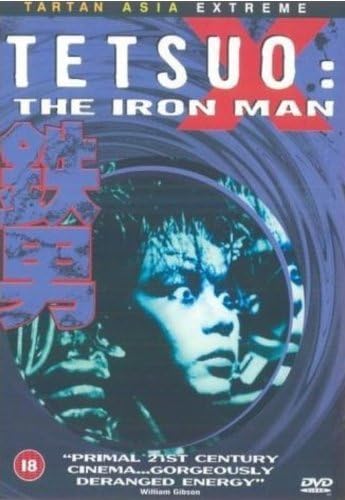
Tetsuo: The Iron Man turns horror into a frantic industrial nightmare. The film tells of a man slowly transforming into a creature of metal and wires. The camera moves with violent energy, the editing sharp and rhythmic like machinery pounding steel. Every moment feels claustrophobic, creating a sense of panic that never lets go.
Director Shinya Tsukamoto’s vision turned body horror into something mechanical and personal. The fusion of man and machine became a theme that rippled through cyberpunk and modern horror alike. Its black-and-white grit and pounding soundtrack gave it cult status around the world. It’s a film that attacks the senses as much as it tells a story.
Ringu (1998)
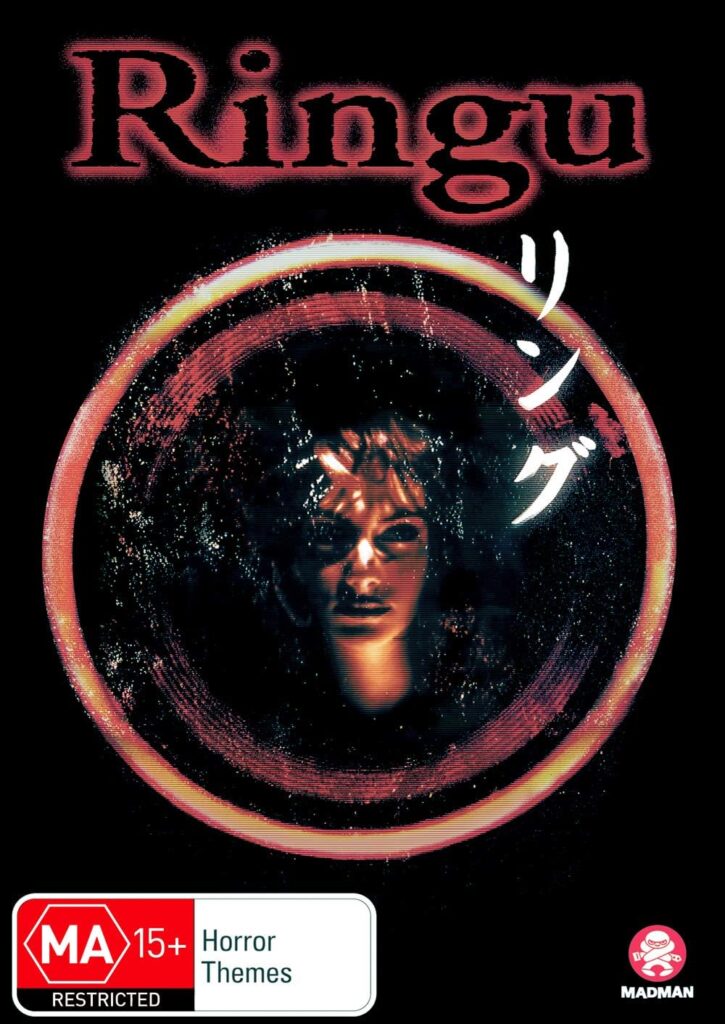
Ringu introduced the world to Sadako and the cursed videotape that kills those who watch it. The story follows a journalist investigating the strange deaths linked to the tape, leading her into a web of supernatural terror. Its fear comes from quiet moments—the hum of a television, the flicker of static, the feeling that something unseen is near. Every scene builds tension slowly until it explodes in silence.
Hideo Nakata’s film changed modern horror with its restraint and atmosphere. It relied on suggestion instead of gore, proving that what you imagine is scarier than what you see. Ringu set the stage for a global wave of Japanese horror and Western remakes. Its ghostly imagery remains one of the genre’s most chilling symbols.
Ju-On: The Grudge (2002)
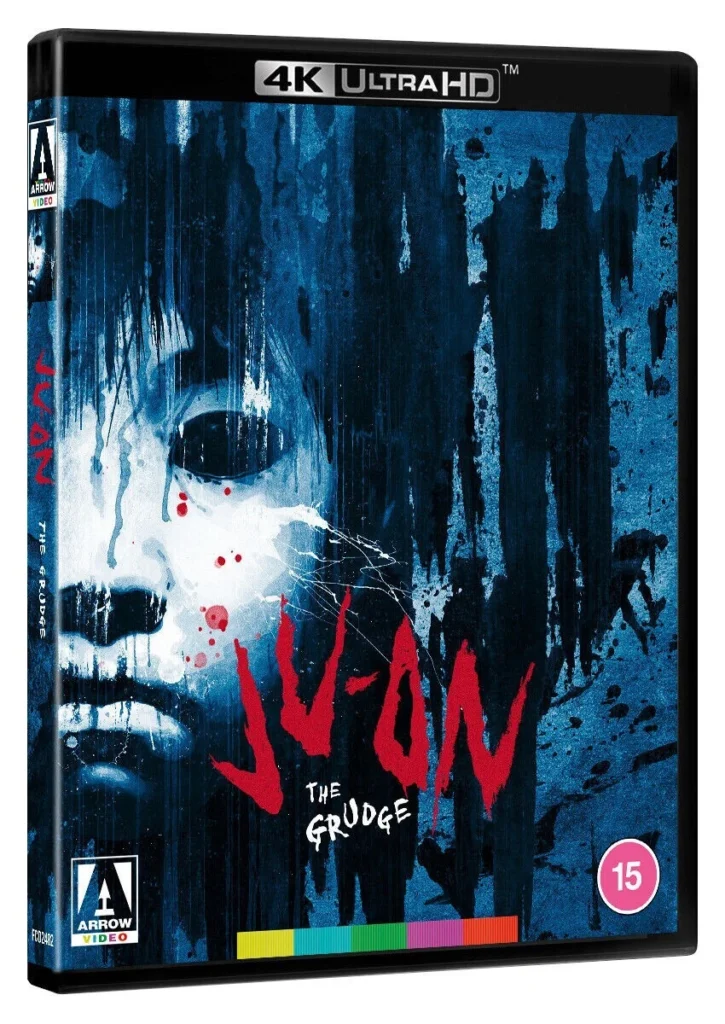
Ju-On: The Grudge tells the story of a curse born from rage that infects anyone who enters a certain house. The film’s non-linear storytelling makes each encounter more unpredictable and eerie. Ordinary settings like staircases and hallways become spaces of terror. The sounds of creaking floors and ghostly whispers stay with viewers long after the film ends.
Director Takashi Shimizu’s fragmented structure gave Ju-On its unique rhythm. It turned everyday domestic life into something haunted and fragile. The film’s slow-building dread redefined what supernatural horror could be in modern Japan. It remains a template for how to create fear without excess.
Pulse (Kairo) (2001)
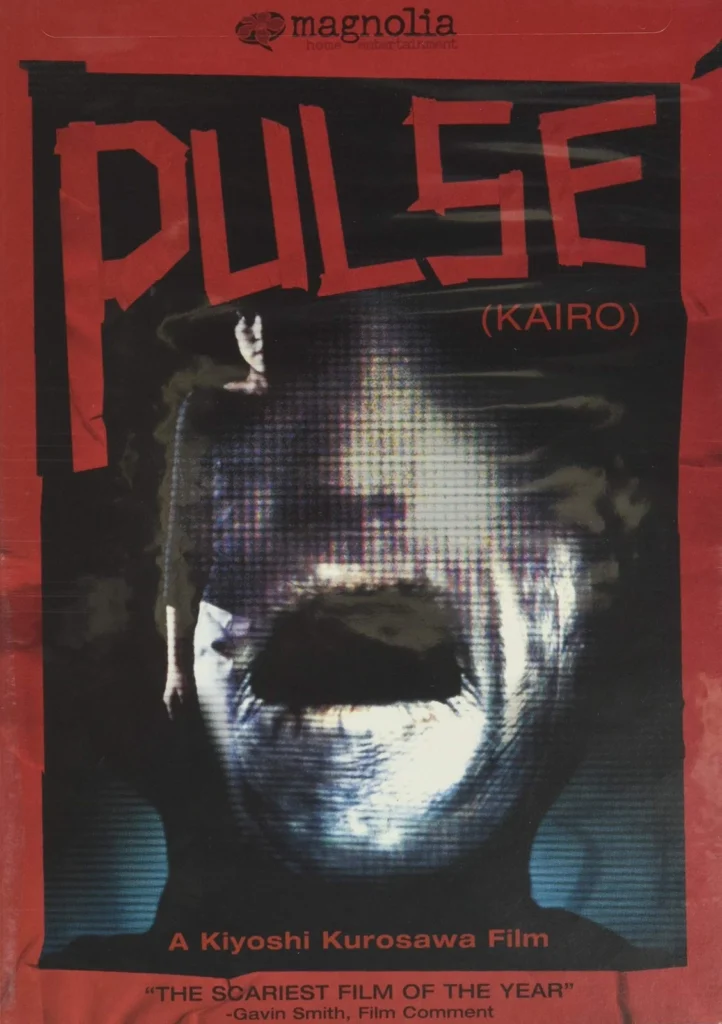
In Pulse, ghosts enter the world through the internet, feeding on human loneliness. The story follows characters who notice strange websites and fading shadows, hinting that the living and dead are merging. The film’s gray tones and slow pacing build a mood of emptiness and despair. It feels less like a ghost story and more like a meditation on isolation in a connected world.
Kiyoshi Kurosawa turned technology into a new form of haunting. The film’s atmosphere of stillness and decay gave it a quiet power that lingers. It predicted the growing alienation of digital life years before it became common. Few horror films capture such quiet sadness alongside their scares.
Audition (1999)
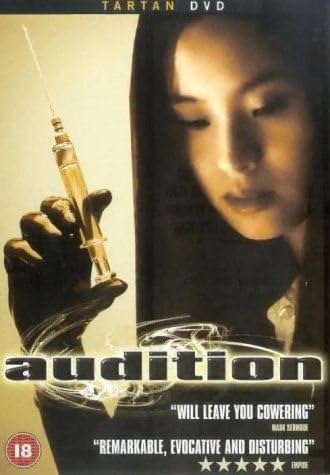
Audition begins as a romantic drama about a widower seeking love, then slowly unravels into something terrifying. The first half feels gentle, even hopeful, until small cracks begin to show. By the time the truth surfaces, the story has turned into a nightmare of psychological and physical horror. The shift in tone makes the violence feel even more disturbing.
Takashi Miike used patience to make viewers let their guard down. His focus on character and stillness builds tension in unexpected ways. Audition questioned how men view women and power, making it both frightening and thought-provoking. It influenced filmmakers worldwide for its daring structure and shock.
Dark Water (2002)
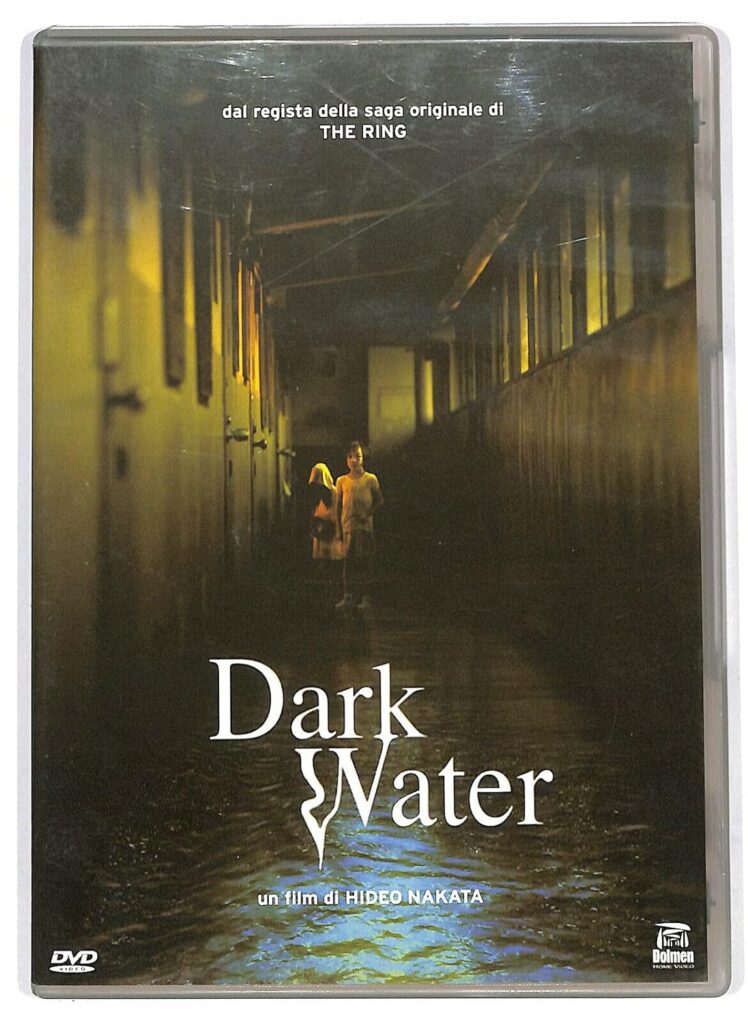
A mother and daughter move into a rundown apartment where strange leaks and a ghostly presence appear. Dark Water blends domestic anxiety with supernatural unease. Every drop of water feels alive, every silence heavy with grief. The story’s emotional weight gives it a depth rarely seen in horror.
Hideo Nakata used the setting to explore loss and the bond between parent and child. The ghost story becomes a reflection of neglect and memory, turning sadness into fear. Its visuals are muted yet full of dread. The film’s quiet tragedy still echoes in modern horror about family and grief.
Noroi: The Curse (2005)
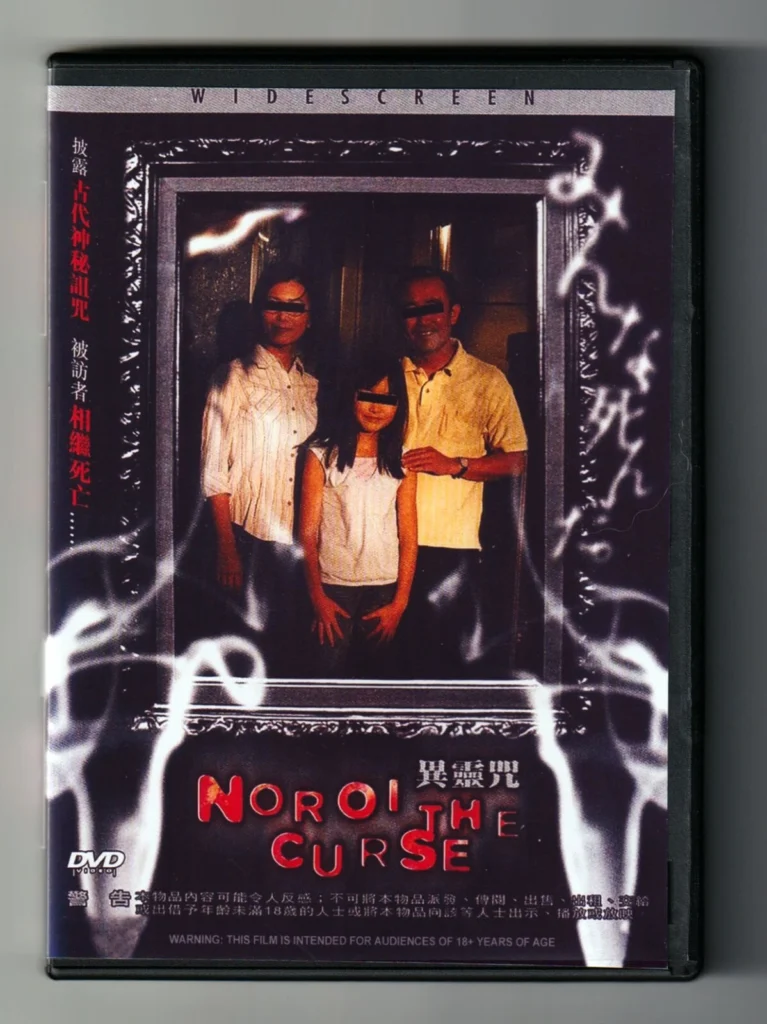
Presented as a found-footage documentary, Noroi: The Curse follows a journalist investigating strange supernatural events. The film uses realism to make its scares feel disturbingly authentic. It moves slowly, piecing together clues through interviews and tapes. What begins as curiosity spirals into something horrifying and unseen.
Kōji Shiraishi made Noroi feel like real evidence rather than fiction. Its fragmented storytelling forces viewers to connect the dots, deepening the tension. The atmosphere builds through suggestion rather than spectacle. It remains one of the most effective examples of found-footage horror ever made.
Cure (1997)
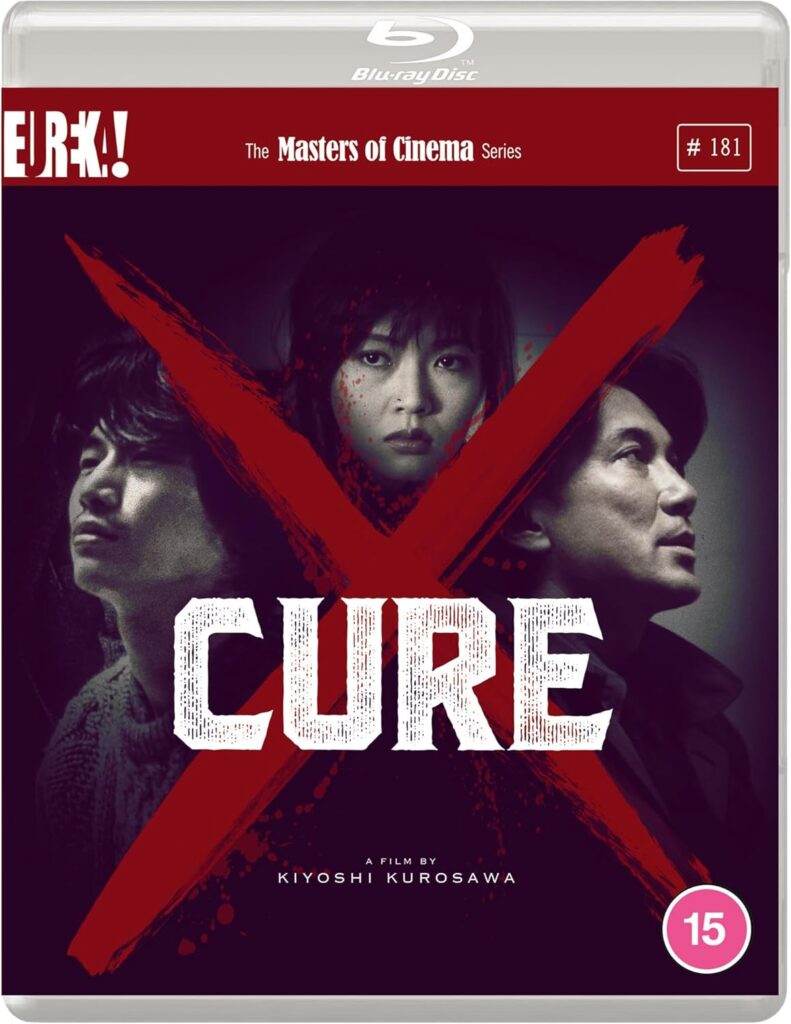
Detective Takabe investigates a series of murders where each killer seems hypnotized into committing the crime. Cure mixes police procedural with psychological horror, slowly revealing a force that spreads like a disease. The tone is cold and unsettling, with every conversation carrying hidden menace. The horror lies in how normal everything seems.
Kiyoshi Kurosawa turned hypnosis into a symbol of lost control and identity. The film’s calm pacing hides waves of unease that grow until the final scene. It questions whether evil is external or buried inside us. Its quiet influence can be felt in countless psychological thrillers since.
One Missed Call (2003)
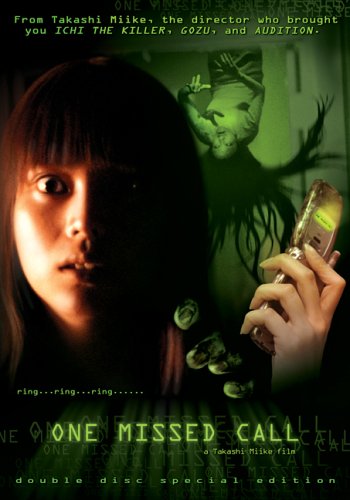
A strange curse spreads through missed phone calls that predict the listener’s death. The idea blends modern technology with traditional ghost themes. Each ring feels like a warning, and the suspense builds as characters hear their own fate. The film mixes mystery, dread, and moments of sharp shock.
Takashi Miike turned a simple idea into a cultural hit. He used technology as both a source of connection and doom, echoing fears of digital dependence. The film’s eerie ringtone became an icon of early 2000s horror. It remains a sharp example of how folklore adapts with the times.
Suicide Club (2001)
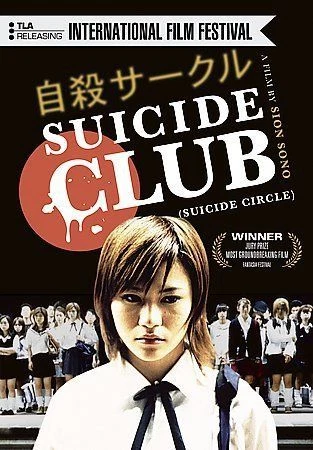
Suicide Club opens with a shocking scene of schoolgirls leaping in front of a train, setting the tone for its surreal descent into chaos. The film explores themes of identity, disconnection, and the loss of meaning in modern life. Its strange humor and violent imagery make it both disturbing and hypnotic. The story refuses easy answers, pulling viewers into its mystery.
Sion Sono’s direction turns urban life into a stage for existential dread. He confronts the emptiness of society with both horror and absurdity. The mix of pop culture and despair gives it lasting relevance. It’s a film that questions what it means to belong in a disconnected world.
Tag (2015)
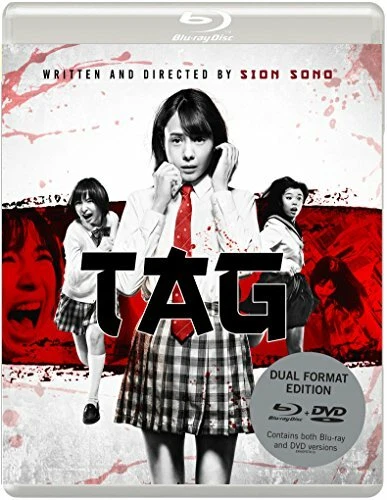
In Tag, a girl named Mitsuko finds herself trapped in a reality that keeps resetting after violent and surreal events. The film moves from school corridors to dreamlike landscapes without warning. Each scene feels like a nightmare stitched from fragments of fear and confusion. It’s fast, strange, and deeply unsettling.
Sion Sono uses Tag to question gender, violence, and control through shocking imagery. Beneath the chaos lies a story about breaking free from manipulation and illusion. The film’s surreal logic makes it unforgettable and haunting. It’s a modern entry that proves Japanese horror continues to evolve in unexpected ways.
This article originally appeared on Avocadu.
